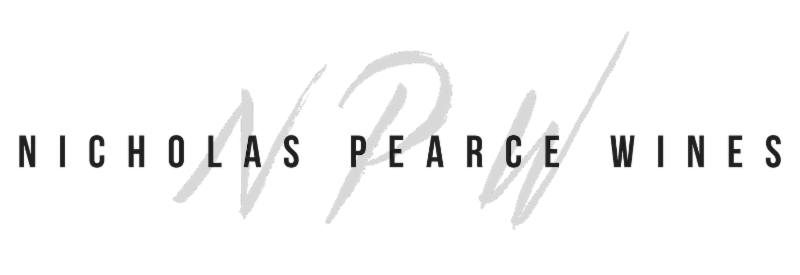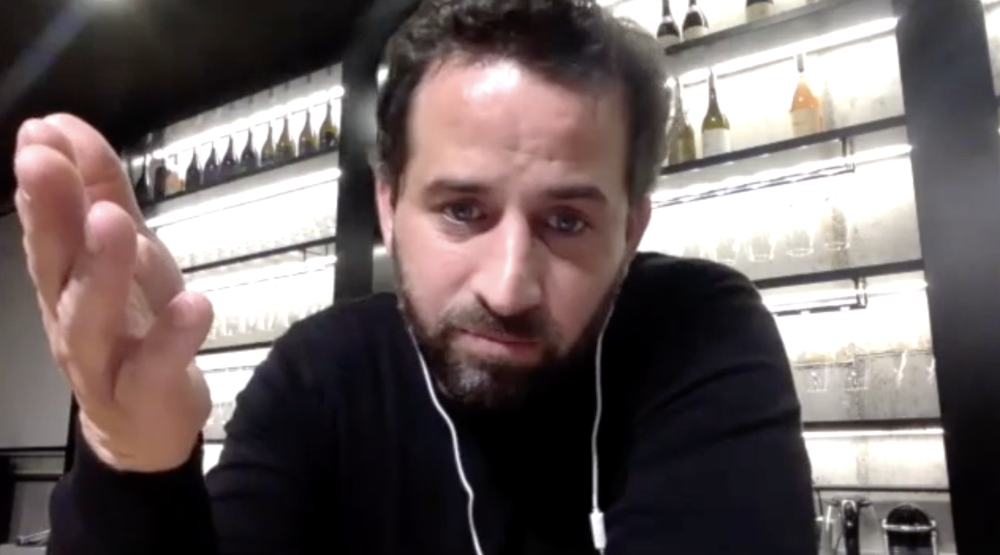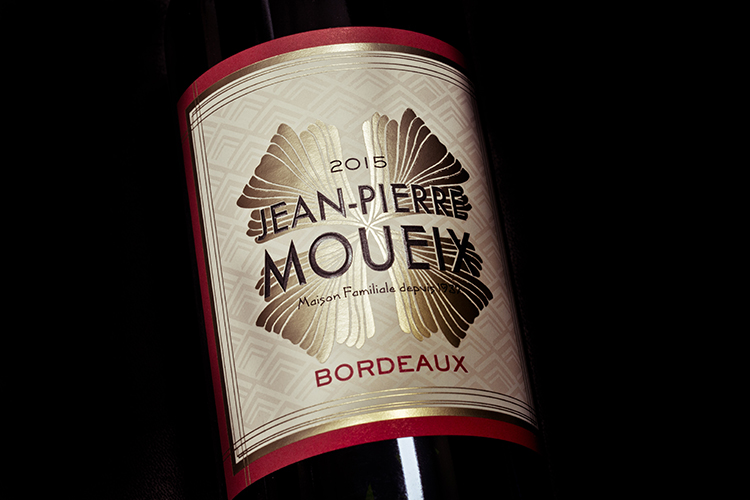Discover Auvergne wines, France’s best kept secret.
What are some of the most recognized Loire Valley appellations? Without hesitation, Sancerre and Pouilly-Fumé are the first two that come to mind. Vouvray and Chinon are runner ups. And if we ponder long enough, we might think of Muscadet.
Some may say it is a shame that most of Loire’s sub-regions are unknown to the average wine enthusiast. But to me, the air of mystery makes the lesser known Loire appellations even more alluring…
Today, the spotlight is shining on Auvergne, one of Loire’s hidden gems and, arguably, one of France’s best kept secrets.
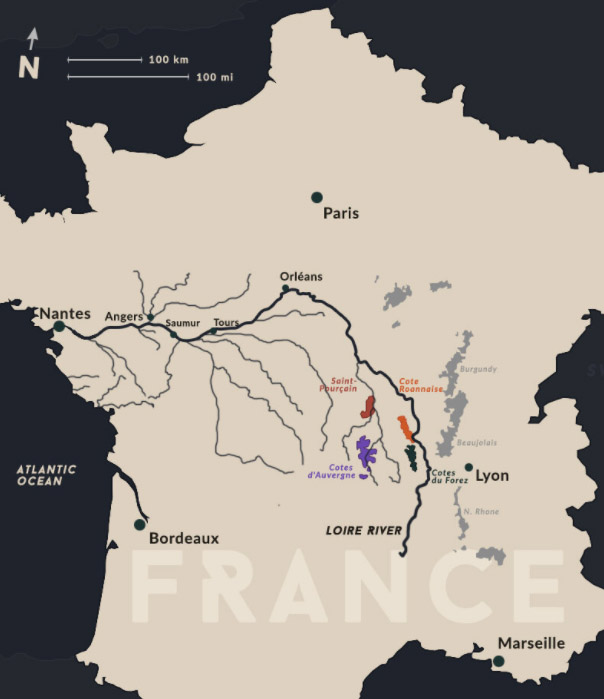
Upper Loire Wine Map: Cotes d’Auvergne, Cotes du Forez, Saint-Pourçain, Cote Roannaise | Source: Crazy Wine Asian
Overview
Auvergne is situated in the Upper Loire – a wild and remote region that is often neglected on mainstream wine maps.
While the region is not exactly famous for the wines, Auvergne is known for other famous exports, Volvic mineral water, gastronomic cheeses like Bleu d’Auvergne, Saint Nectaire, Cantal, and some of the most delicious saucissons bestowed upon mankind.
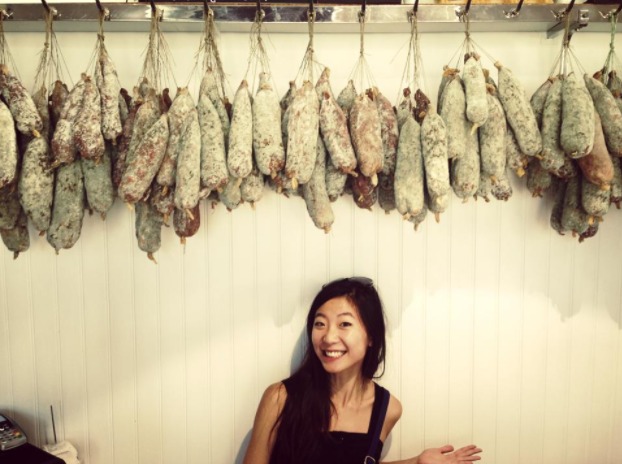
Yours truly at La Boucherie Salaisons de Fix Saint Geney, saucisson paradise, in 2013
In addition to all the delicious snacks, Auvergne is a popular destination for paragliding, snowboarding, hiking, mountain biking, and many other outdoor sports, thanks to a 40-km-long UNESCO-grade volcanic chain – Chaîne des Puys – that surrounds Auvergne, home to countless crater lakes, hilly trails, and some of the most epic landscapes in France.
One must physically visit Auvergne to understand the mesmerizing beauty of this region.
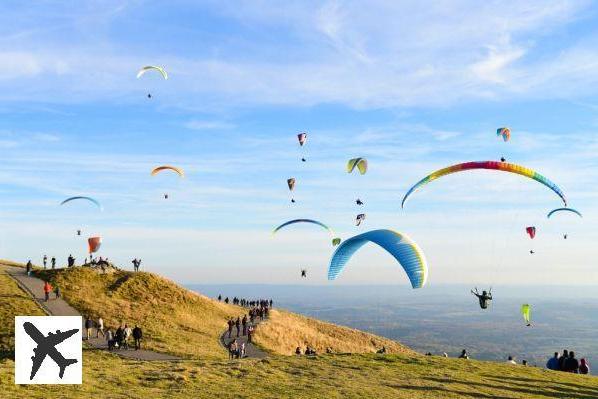
Paragliding at Puy de Dome | Source: For Travel Lovers
Auvergne Fun Facts
- The ancient mountains and volcanoes of Auvergne cover 15% of France.
- There are 80 ‘extinct’ volcanos dotted along the volcanic chain.
- Even though the last eruption was over 8,000 years ago, some scientists believe it is due for another event soon.
- The main metropolis, Clermont-Ferrand, is one of the oldest French cities.

Cathédrale Notre-Dame-de-l’Assomption in Clermont-Ferrand | Source: STSTW Media
- There is a 13th century Gothic cathedral made entirely of black lava stone. It is jet-black, majestic and visible from a great distance, almost resembling a scene from the Lord of the Rings…
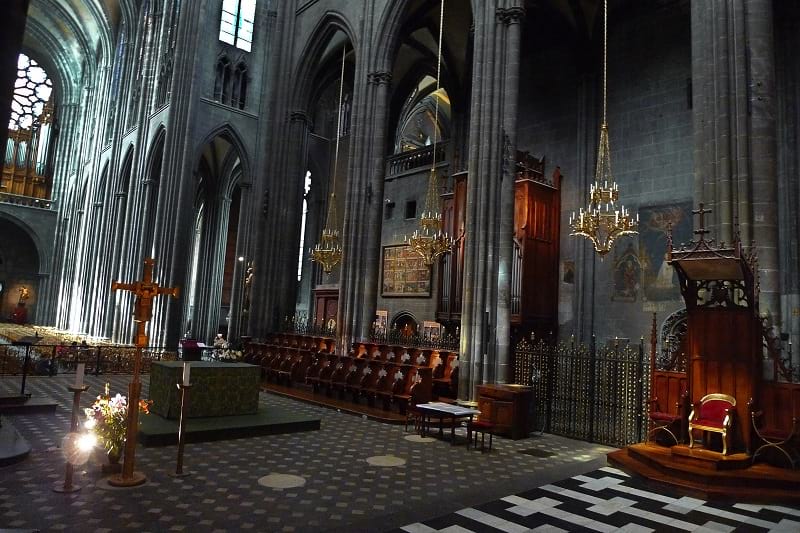
Inside of Cathédrale Notre-Dame-de-l’Assomption in Clermont-Ferrand | Source: STSTW Media
Auvergne is located to the north of the Massif Central, one of the oldest geological formation in France.
The Massif itself is a product of the collision of the African and European tectonic plates 60-million years ago. Over time, magma emerged from the fault lines and formed the chain of volcanoes.
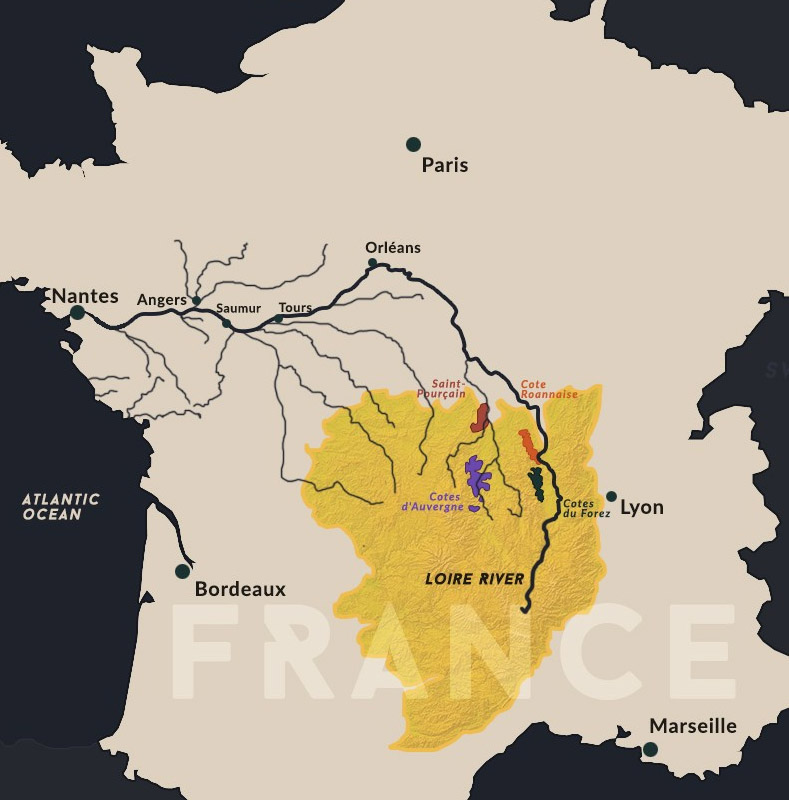
Massif Central (yellow) in France | Source: Crazy Wine Asian
Sitting atop the ancient bedrock are soils and rocks that have been formed and morphed over hundreds of millions of years and gave birth to an incredible range of soil types: basalt, granite, gravel and gneiss, limestone and marls are common.
A remote volcanic wine region, where the population is low, the lands are well preserved, with some of the France’s most interest soils, it presents opportunities for vintners to blast new trails and make new discoveries. Auvergne is slowly becoming one of France’s rising stars, attracting a world of inquisitive minds to learn about the appellations in and around Upper Loire.
Cotes d’Auvergne AOP: a must-know designation for Beaujolais lovers
An AOP since 2011, Cotes d’Auvergne is one of the four wine regions of Upper Loire, along with Cotes du Forez, Cote Roannaise, and Saint Porcain.
Although it is part of Loire, Auvergne is geographically closer to southern Burgundy than it is to Sancerre. Naturally, the permitted grape varieties in the Cotes d’Auvergne AOP are Gamay and Chardonnay, which are reflective of what’s found in Beaujolais.
Within Cotes d’Auvergne AOP, there are five distinct Crus: Madargue, Châteaugay, Chanturgue, Corent, and Boudes.
Chanturgue is particularly noteworthy, as it was regarded as a grand cru by famous French writers in the 1800s. Although the region suffered from a drop in quality after phylloxera, it has worked its way back to great wine production.
All the crus specialize in Gamay, many even produce wines that resemble some of my favourite Cru Beaujolais.
Explore Puy de Dome IGP: Volcanic expressions of Syrah, Pinot Noir, and beyond
Since Auvergne is not too far away from the Northern Rhone, why don’t they plant some Syrah?
Indeed. While Syrah is not a permitted variety in Cotes d’Auvergne AOP, it does not stop producers from bottling varietal examples under the Puy de Dome IGP.
In fact, there is a world of exciting wines under the IGP designation beyond Syrah, including volcanic expressions of Pinot Noir, Pinot Gris, Sauvignon Blanc, and Gewurztraminer.
Having tasted a wide variety of Auvergne wines over the past nine years, I have put together a few takeaways from my experience with many Chardonnays and Gamays, as well as a handful of Pinot Noirs and one Syrah.
Most of them were high quality examples from Desprat Saint-Verny, a reputable local co-op and one of most important producers in the region.
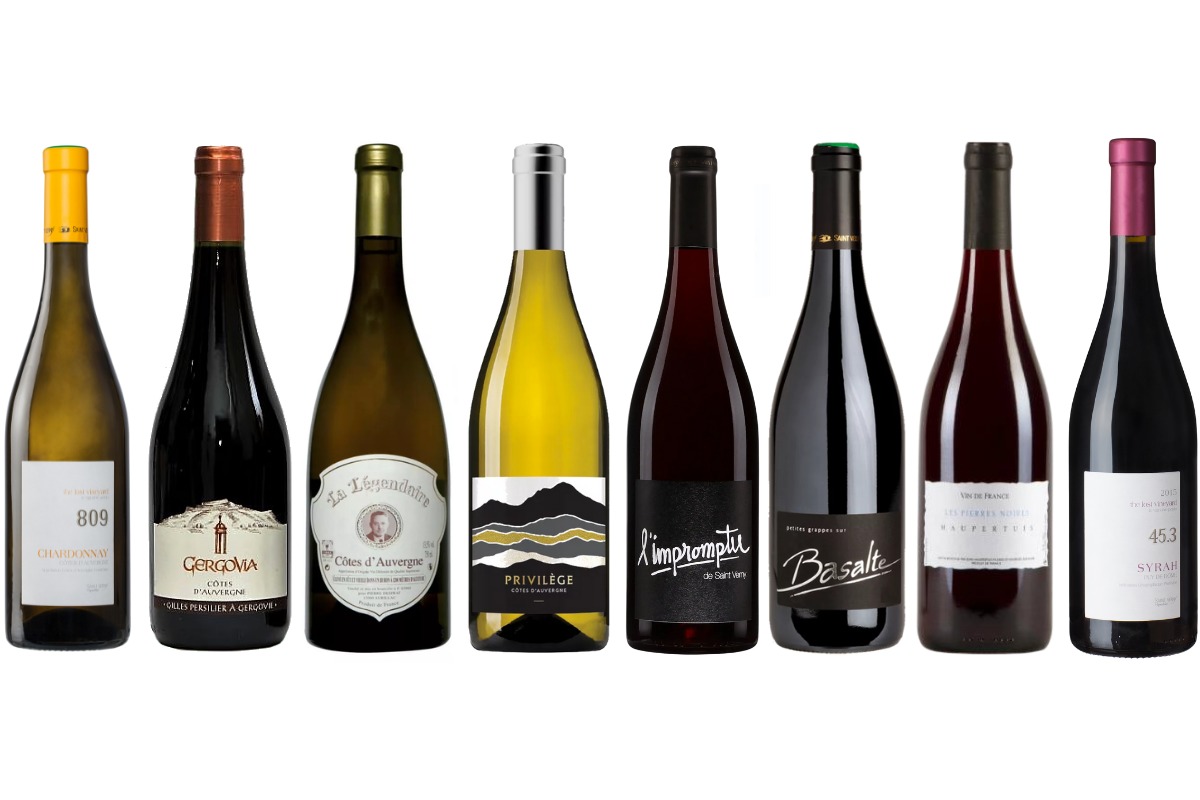
- Most of the Chardonnays resemble the flavour profile of white Burgundies from Maconnais, with a distinct angular mouthfeel and a much lighter body.
- The Gamays are bright, giving the impression of crunchy cherries and confected berries. There is often a bloody character to the wines, which is unique to Auvergne.
- Most of the Pinot Noirs I tried were natural wines. They were red-fruit dominant with notes of violets and incredibly vivacious. I thorough enjoyed them, especially those from Jean Maupertuis.
- The one Syrah I experienced from the region was Saint-Verny’s Syrah 45.3. A rarity! This example saw no oak, resembles fresh blackcurrant juice, and sparked plenty of joy.
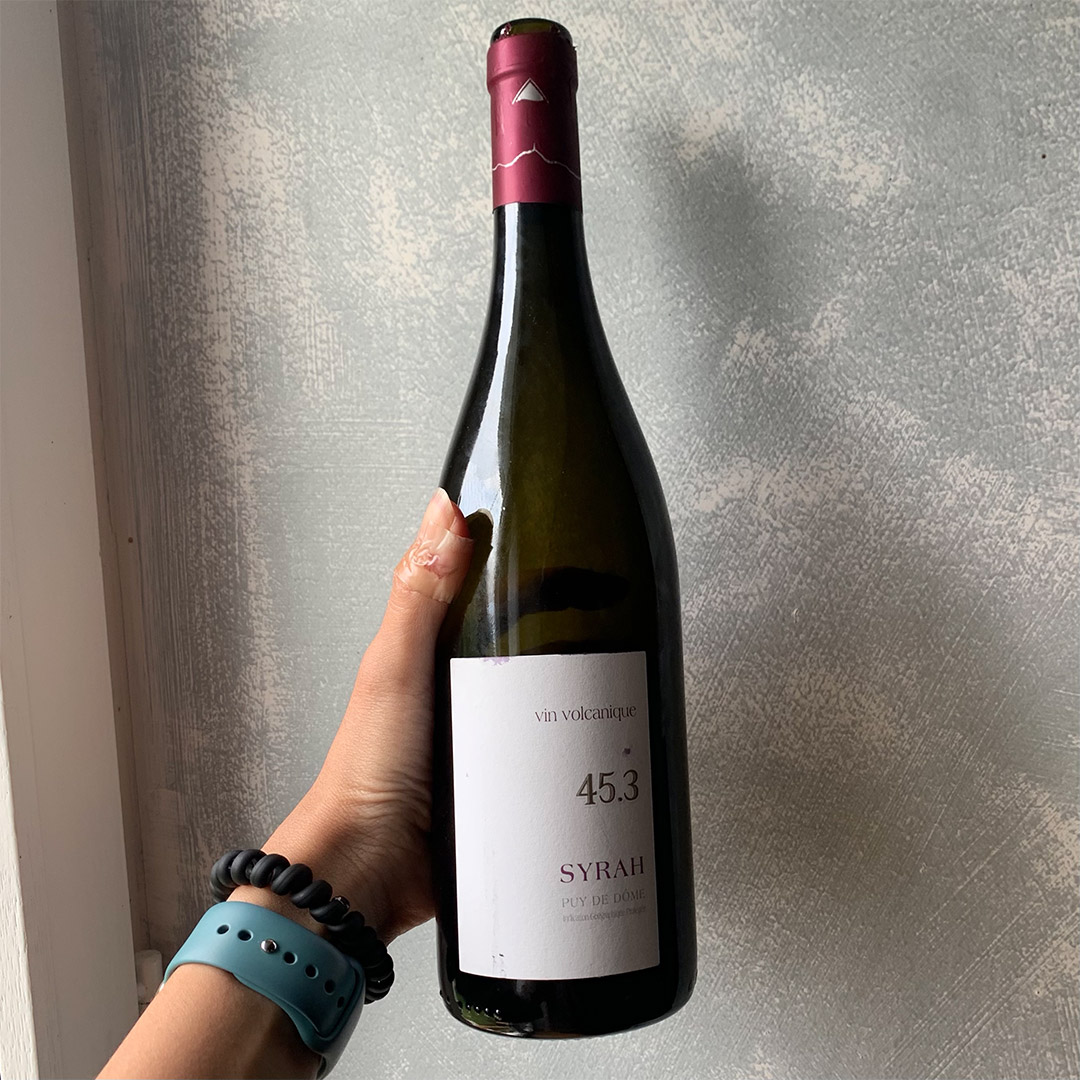
Desprat Saint-Verny ‘vin volcanique’ Syrah 45.3
SHOP ONLINE | PORTFOLIO | MIXED CASES
Nicholas Pearce Wines is a Good Food Fighter. Please support the businesses and organizations that support Good Food Revolution.


